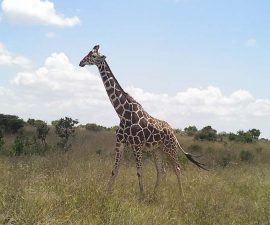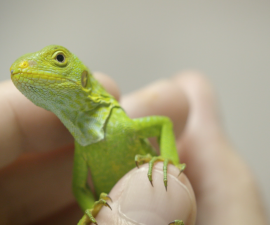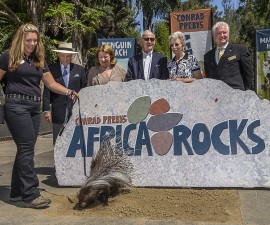BY Karyl Carmignani
Illustrations by Amy Blandford
The alala, or Hawaiian crow, is a culturally and environmentally important species. Highly regarded in Hawaiian culture, this bird serves as a seed disperser vital to regenerating native forests on Hawaii island.
Declared extinct in the wild in 2002, collaborative work has led to an assurance population robust enough for some birds to be released back into the wild. That is a feather in everyone’s cap!
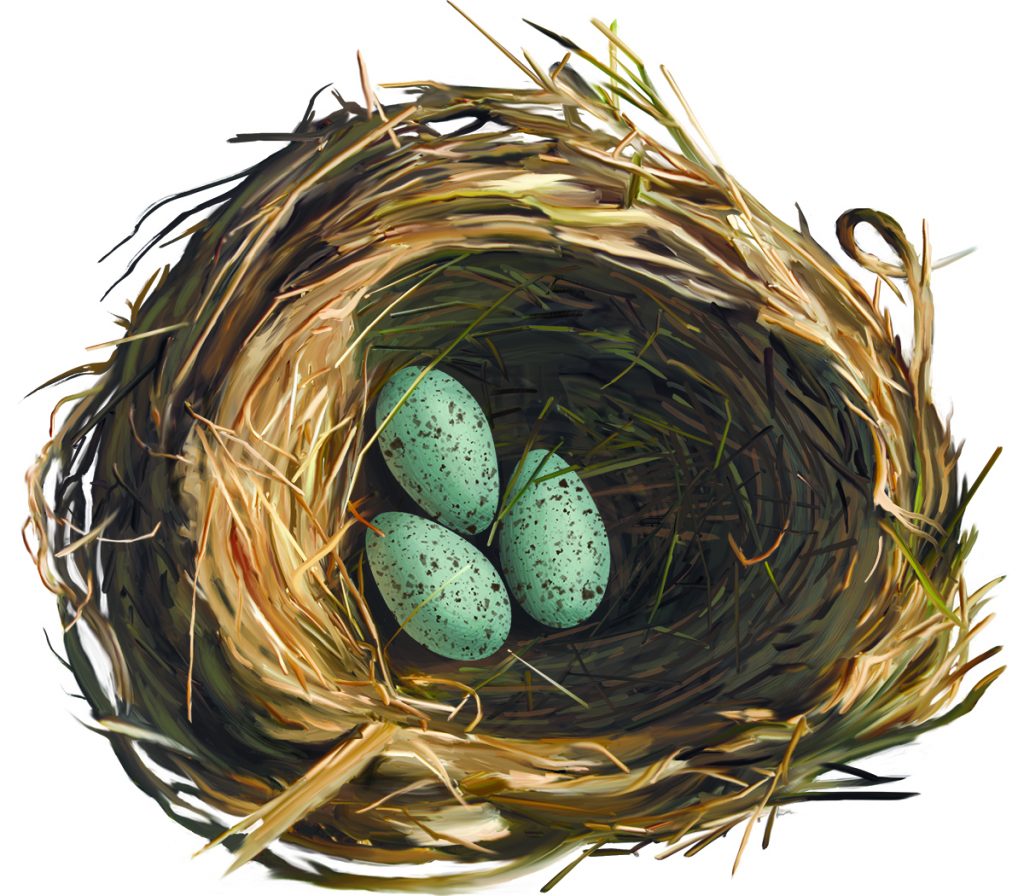
SPECKLED EGGS
A clutch may contain one to four speckled, blue-green eggs about the size of a golf ball. By removing the eggs and artificially incubating them, the female may “double clutch” and lay more eggs.
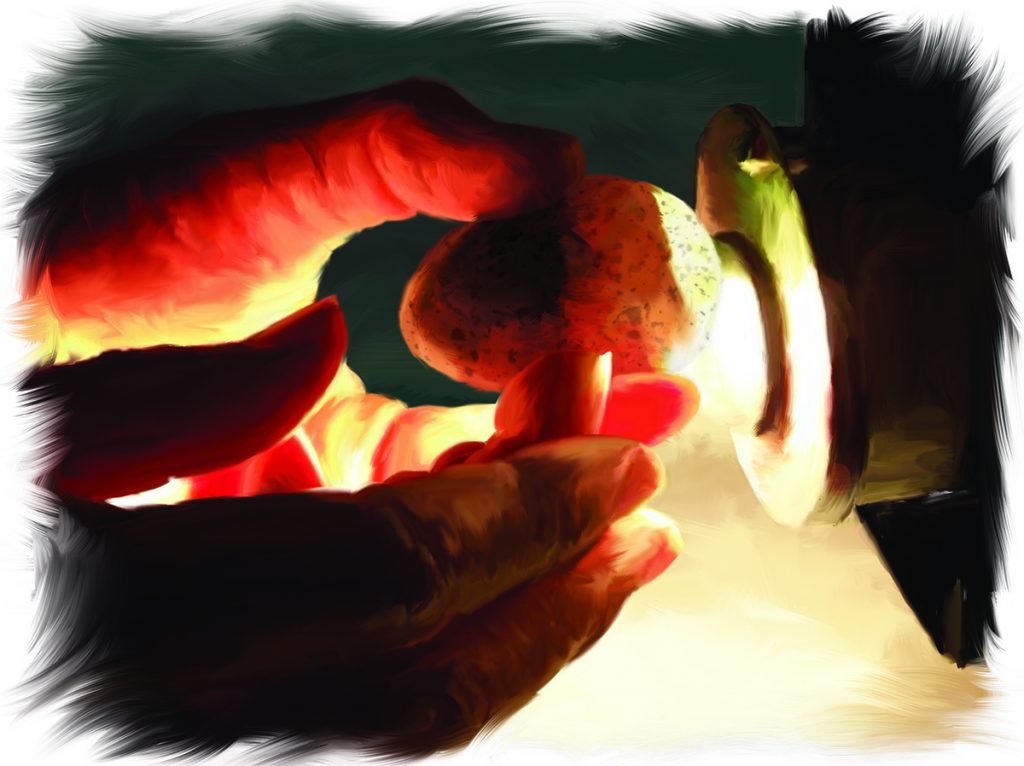
CANDLELIGHT
Candling alala eggs regularly allows researchers to monitor the development of the embryos.
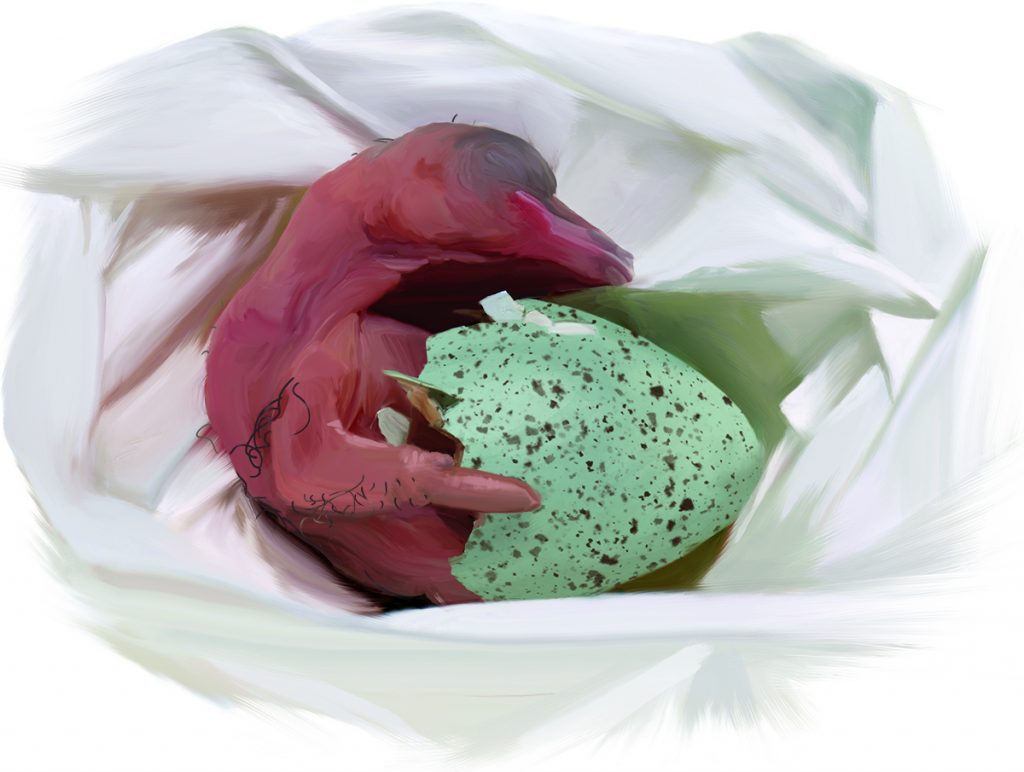
HATCHING A PLAN
The pink, featherless hatchling breaks its way out of the shell inside a “hatcher.” It is kept warm and humid so the chick remains hydrated during the strenuous process, which can take up to 36 hours to complete.
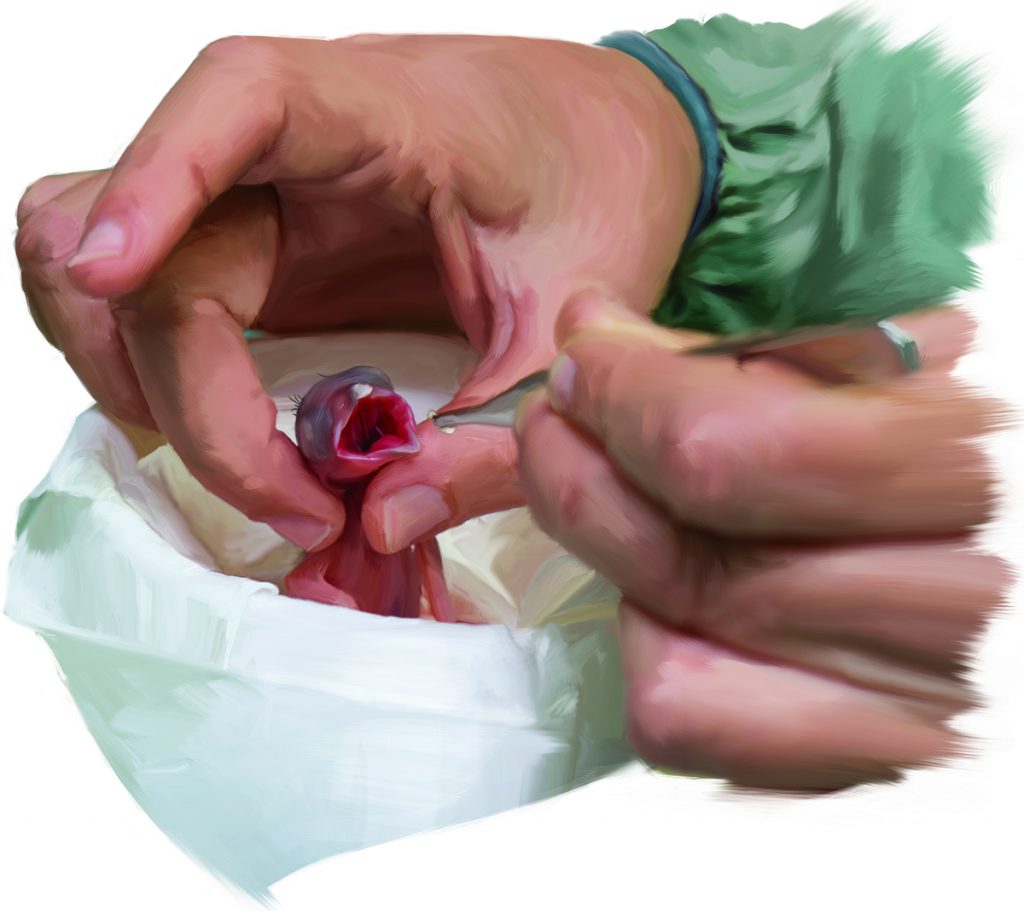
FREQUENT FEEDINGS
Newly hatched chicks require patient, frequent feedings. Every two hours, they are fed a precise diet including fruit, honeybee larvae, and cricket guts.
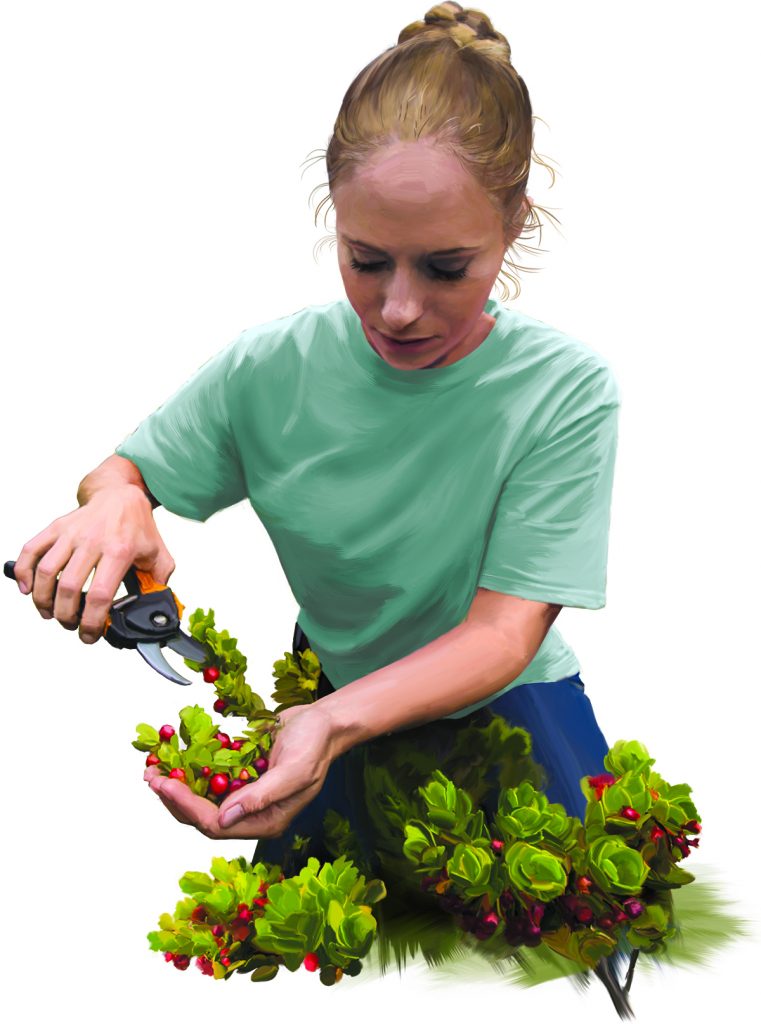
GATHERING GOODNESS
Staff at the Keauhou and Maui bird conservation centers (KBCC and MBCC) collect native berries and fruit for the growing alala.
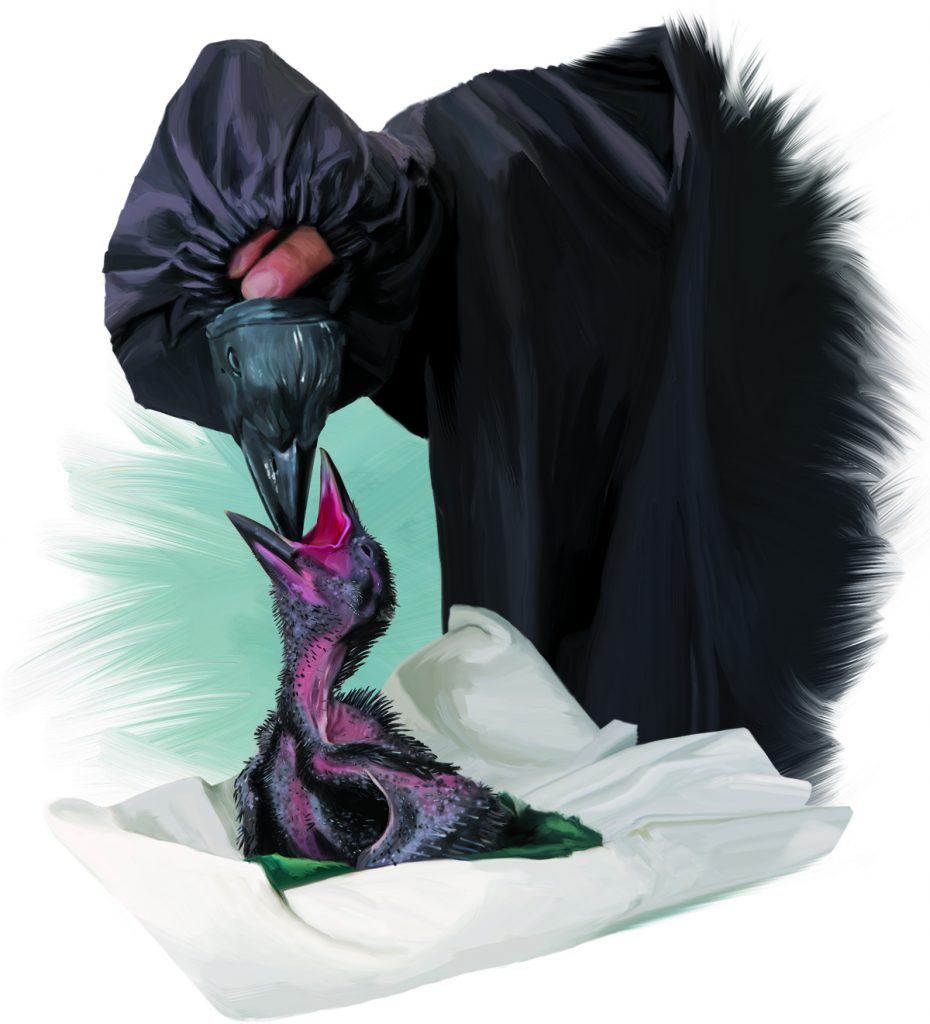
PUPPET FEEDINGS
Once the chicks’ eyes open, they are fed with alala look-alike puppets to prevent them from imprinting on humans.
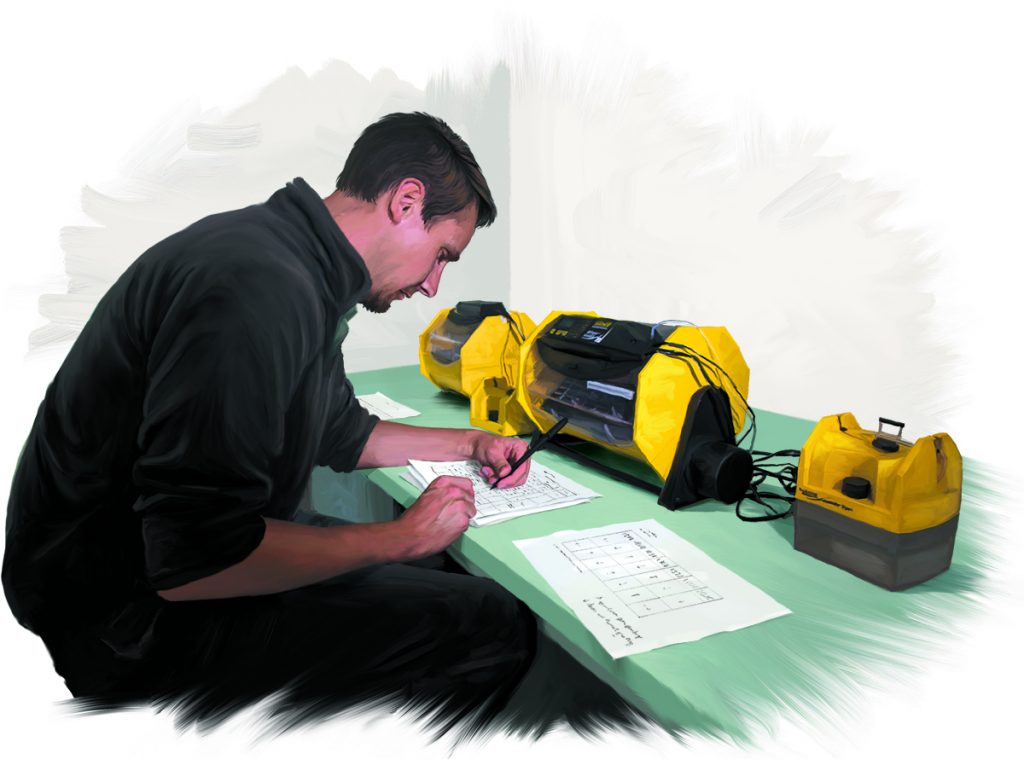
DETAILS, DETAILS
Keepers maintain meticulous records on incubation parameters for each egg, and document the weight, food intake, fecal output, and developmental milestones for each chick.
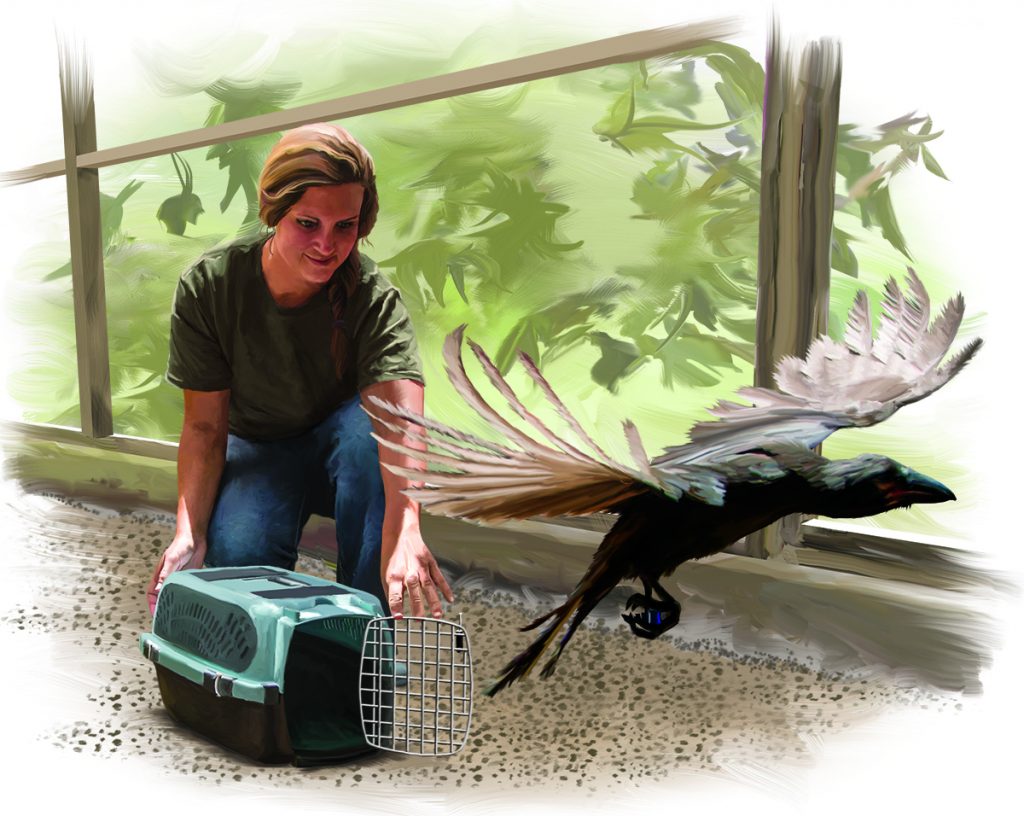
SPREAD YOUR WINGS
At about two months old, when the birds can feed themselves, they are moved to an outdoor acclimation pen. This helps to prepare them for release into the forest.
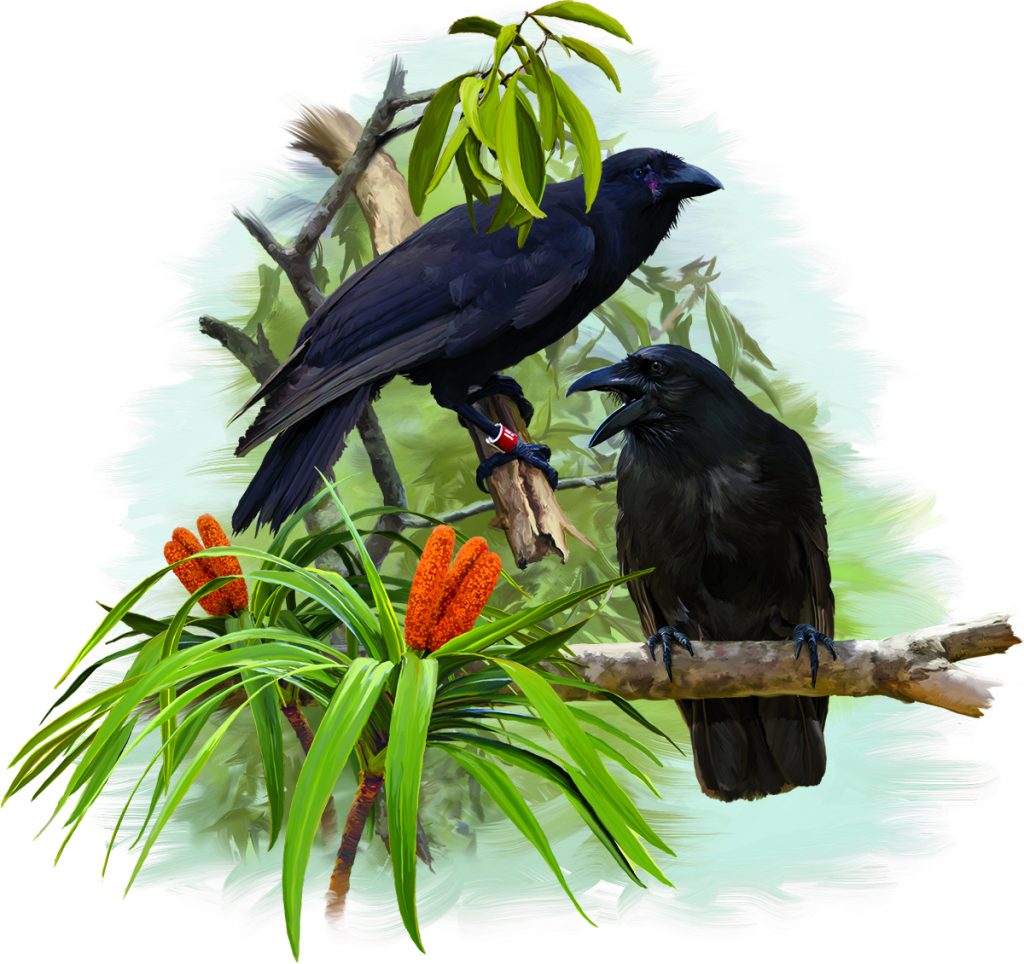
ALALA CONSERVATION TIMELINE
1890s: Alala still found in large numbers on the western and southern sections of Hawaii island
1967: Alala added to the Federal endangered species list
1990s: Fewer than 20 alala remain in the wild
1993: Rear and release effort begins
1996: New state-of-the-art breeding center KBCC opens in Volcano, and MBCC refurbished
1998: Release effort ends, remaining birds returned to KBCC and MBCC
2002: Alala extinct in the wild
2013: Alala restoration plan finalized
2015: 114 alala at breeding centers
2016: Alala ready to be released back into the wild
The collaboration is a partnership of these organizations and private landowners: San Diego Zoo Global, The Alala Project, U.S. Fish & Wildlife Service, Department of Land and Natural Resources:State of Hawaii, Forestry and Wildlife: Hawaii, Kamehameha Schools, Three Mountain Alliance, Hawai’i Volcanoes National Park, and USGS.


